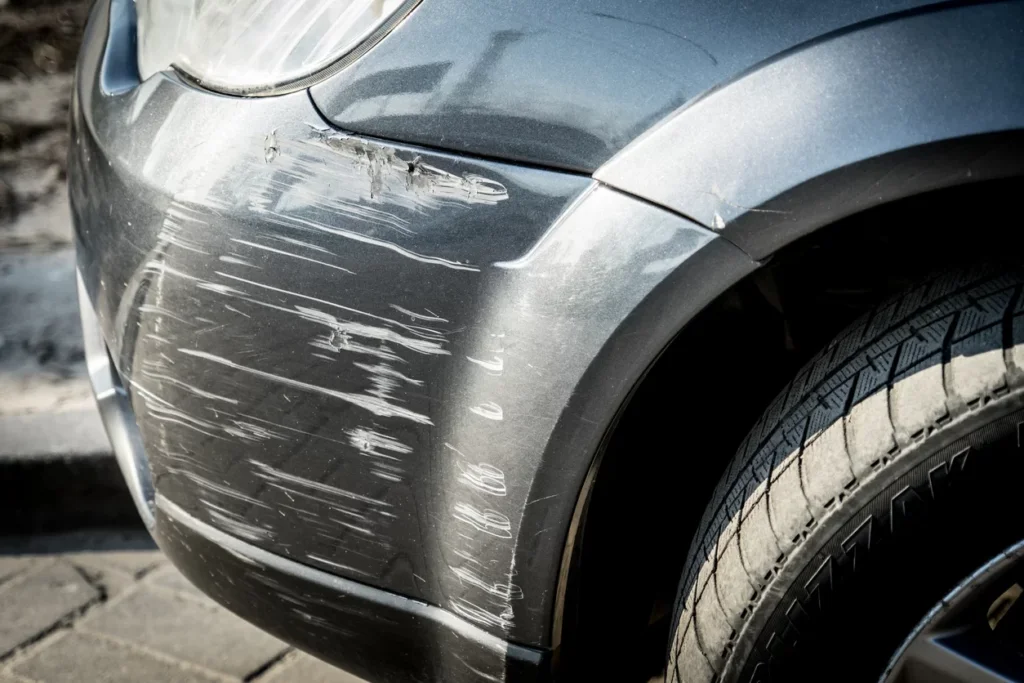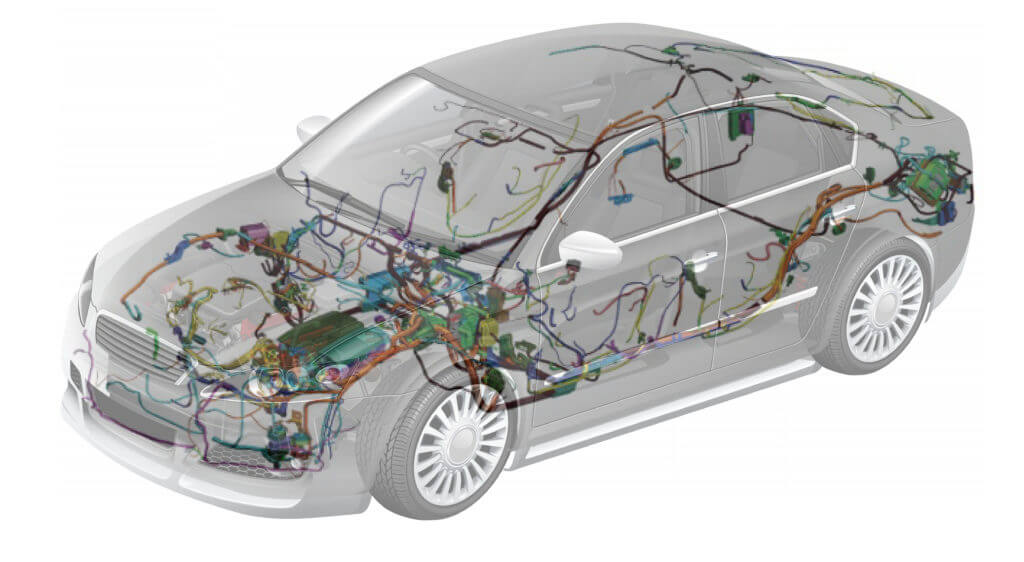A throw-out bearing is a crucial component in a manual transmission system, and its failure can lead to significant problems for a vehicle. The throw-out bearing is responsible for disengaging the clutch when the driver presses the clutch pedal, allowing the gears to be shifted smoothly. When the throw-out bearing fails, it can cause a variety of issues that can impact the performance and safety of the vehicle. When the throw-out bearing goes bad, there are some prominent symptoms of a bad throwout bearing.
If you suspect that your vehicle has a bad throw-out bearing, it is important to have it inspected by a professional mechanic as soon as possible. The mechanic will be able to diagnose the problem and replace the failing bearing, ensuring that your vehicle is running smoothly and safely.
In this blog, we will discuss the symptoms and the reasons behind bad bearing.
Symptoms Of a Bad Throwout Bearing
A bad throw-out bearing can cause a variety of symptoms that can affect the performance and safety of your vehicle. One of the most common symptoms of a bad throw-out bearing is a grinding or chirping noise when the clutch pedal is pressed. This noise is caused by the metal-on-metal contact of the failing bearing, and it can be heard inside the cabin of the vehicle. The noise may get louder over time, indicating that the problem is getting worse and that the bearing is close to completely failing. Some of the most common symptoms of a bad throwout bearing include:
Grinding Or Chirping Noise:
When the throw-out bearing fails, it can cause a grinding or clicking noise when the clutch pedal is engaged. This is caused by the metal-on-metal contact of the failing bearing and can be heard inside the cabin of the vehicle. The noise may get louder over time, indicating that the problem is getting worse.
Vibration Or Shuddering:
A failing throw-out bearing can also cause a vibration or shuddering feeling when the clutch is engaged. This can make shifting gears difficult and uncomfortable, and it can also lead to damage to other components in the transmission system.
Difficulty Shifting Gears:
The vibration or shuddering caused by a bad throw-out bearing can also make it difficult to shift gears. This can be a safety concern, as the driver may struggle to shift gears in an emergency situation.
Increased Wear and Tear:
A failing throw-out bearing can also cause excessive wear and tear on the clutch and other parts of the transmission system. This can lead to additional problems and costly repairs down the road.
Clutch Failure:
If the problem is not addressed, the clutch can even fail completely, making it impossible to shift gears and rendering the vehicle inoperable.
If you notice any of these symptoms in your vehicle, it is important to have it inspected by a professional mechanic as soon as possible. The mechanic will be able to diagnose the problem and replace the failing bearing, ensuring that your vehicle is running smoothly and safely.
The Actual Definition of a Throw Out Bearing
The throw-out bearing, also known as the clutch release bearing, is a component in a manual transmission system. Its purpose is to disengage the clutch when the driver presses the clutch pedal, allowing the gears to be shifted smoothly. The throw-out bearing is located between the pressure plate and the clutch fork and is designed to pivot on its own axis as the clutch fork moves. When the clutch pedal is pressed, it moves the clutch fork, which pushes on the throw-out bearing and compresses the pressure plate. This compresses the clutch disc and separates it from the flywheel, disengaging the clutch and allowing the gears to be shifted.
In short, the throw-out bearing plays a crucial role in the manual transmission system, and its failure can lead to significant problems for the vehicle. It is important to maintain and replace the throw-out bearing as needed. Just to ensure the smooth and safe operation of the transmission system. But the prominent symptoms of a bad throw-out bearing can let you know that there is an issue with your car part.
In addition to the noise, a failing throw-out bearing can also cause a vibration or shuddering feeling when the clutch is engaged. This can make shifting gears difficult and uncomfortable, and it can also lead to damage to other components in the transmission system. If the problem is not addressed, the clutch can even fail completely, making it impossible to shift gears and rendering the vehicle inoperable.
Active Reasons Behind a Bad Throwout Bearing

There are several reasons why a throw-out bearing can go bad:
Age And Wear:
Over time, the throw-out bearing can experience wear and tear due to repeated use and exposure to high temperatures and other environmental factors. This can cause the bearing to fail or degrade, leading to increased noise and vibration.
Lack Of Lubrication:
If the throw-out bearing is not properly lubricated, it can experience increased friction and wear. This can lead to a quicker failure of the bearing and other components in the transmission system.
Contaminants:
Dirt, debris, and other contaminants can enter the transmission and cause damage to the throw-out bearing. If the contaminants are not removed, they can cause the bearing to wear out more quickly or even seize up.
Improper Installation:
If the throw-out bearing is not installed correctly or if there are any defects in the installation process, it can lead to premature failure or increased wear.
Overloading:
If the vehicle is subjected to heavy loads or towing, it can put extra stress on the throw-out bearing, leading to a quicker failure.
In order to prevent a bad throw-out bearing, it is important to have regular maintenance checks and to replace the bearing if necessary. Proper lubrication, avoiding contaminants, and avoiding overloading the vehicle can also help prolong the life of the throw-out bearing and prevent problems with the manual transmission system.
In conclusion, a bad throw-out bearing can cause a variety of problems for a vehicle, from grinding noises and vibration to increased wear and tear and even complete clutch failure. It is important to address the problem promptly to avoid further damage and costly repairs, so make sure to have your vehicle inspected if you suspect that the throw-out bearing is failing.
Frequently Asked Questions
The defective throw-out bearing can make your car’s grip pedal feel stiff when you press down on it as the problem worsens. Any driver should consider this to be a warning sign and should take immediate action.
When put under pressure, a release bearing that has little damage typically makes a whining sound, but one that has substantial damage frequently makes loud, grinding noises.
According to how awful it is. Most likely, the first phase of failure will only cause excessive noise, which won’t stop the car from moving. Later on, it cannot or should not be driven if the bearing has seized or has been so thoroughly damaged that it may cause other harm.
Holding the clutch foot down for an extended amount of time, such as when stopped at a stop sign, can cause the throwout bearing to wear out too soon because it is always in use.













